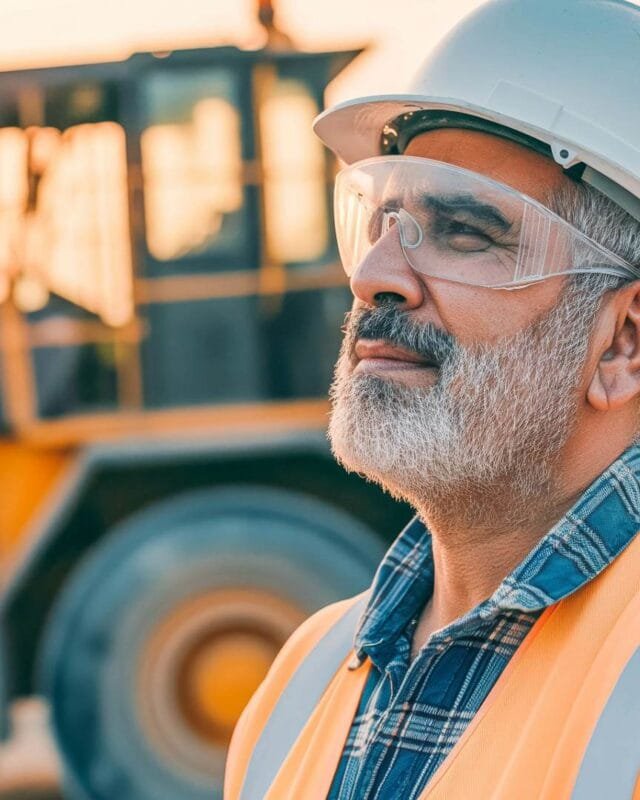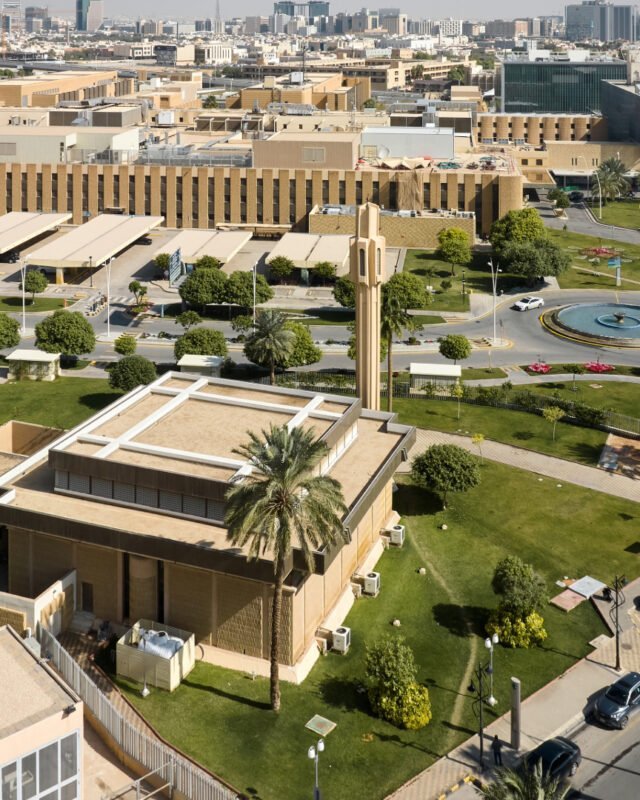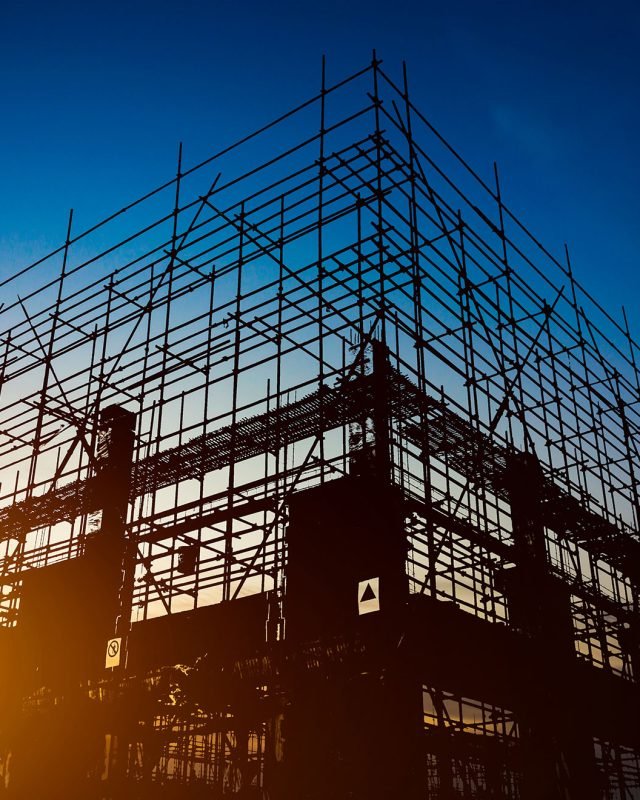Saudi Arabia’s Vision 2030 has set ambitious goals for the country’s economic diversification and sustainability, and the construction industry plays a pivotal role in achieving these objectives. Sustainable construction practices have emerged as a fundamental component of this vision, driving significant changes in the way buildings and infrastructure projects are planned, executed, and maintained within the Kingdom.
Challenges in the Saudi Construction Landscape:
The construction sector in Saudi Arabia, like many others, faces challenges such as resource scarcity, environmental concerns, and the need for increased energy efficiency. Traditional construction practices often exacerbated these issues, leading to inefficiencies and long-term environmental impacts.
Sustainability as a Core Pillar:
To address these challenges, sustainability has been integrated as a core pillar of Vision 2030. This shift in perspective has paved the way for the adoption of green building practices, energy-efficient technologies, and the use of sustainable materials. These changes are not only aligned with global environmental goals but also offer substantial economic benefits.
Adoption of Sustainable Technologies:
One of the key trends in the Saudi construction sector is the widespread adoption of sustainable technologies. This includes the implementation of renewable energy sources, energy-efficient HVAC systems, and smart building technologies. These innovations not only reduce operational costs but also align with the Kingdom’s goals for reduced energy consumption.
Green Building Certification:
Saudi Arabia has also seen a rise in green building certification programs. Developers and construction firms are increasingly seeking certifications like LEED (Leadership in Energy and Environmental Design) and Estidama, which promote sustainable construction practices. These certifications enhance market competitiveness and demonstrate commitment to sustainability.
Investment in Sustainable Infrastructure:
The Saudi government is investing heavily in sustainable infrastructure projects. From eco-friendly transportation systems to water conservation initiatives, these projects aim to reduce the environmental impact of construction and enhance the quality of life for residents.
Workforce Development:
As sustainable construction practices become the norm, the workforce in the Saudi construction sector is adapting. Training programs and certifications for construction professionals are being developed to meet the demand for skilled workers in sustainable construction.
Public Awareness and Engagement:
Sustainable construction practices are also gaining traction among the public in Saudi Arabia. Communities are becoming more environmentally conscious, influencing developers and contractors to incorporate sustainability into their projects.
Conclusion:
The adoption of sustainable construction practices in Saudi Arabia is not just a response to global environmental concerns but a strategic move to achieve the ambitious goals set out in Vision 2030. As the construction sector embraces sustainability, it not only contributes to a greener and more sustainable future but also positions Saudi Arabia as a leader in environmentally responsible development. This shift will likely shape the construction landscape in the Kingdom for years to come, with positive economic and environmental impacts.



